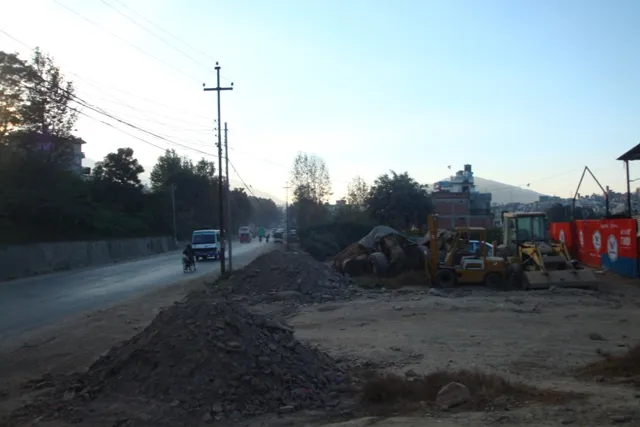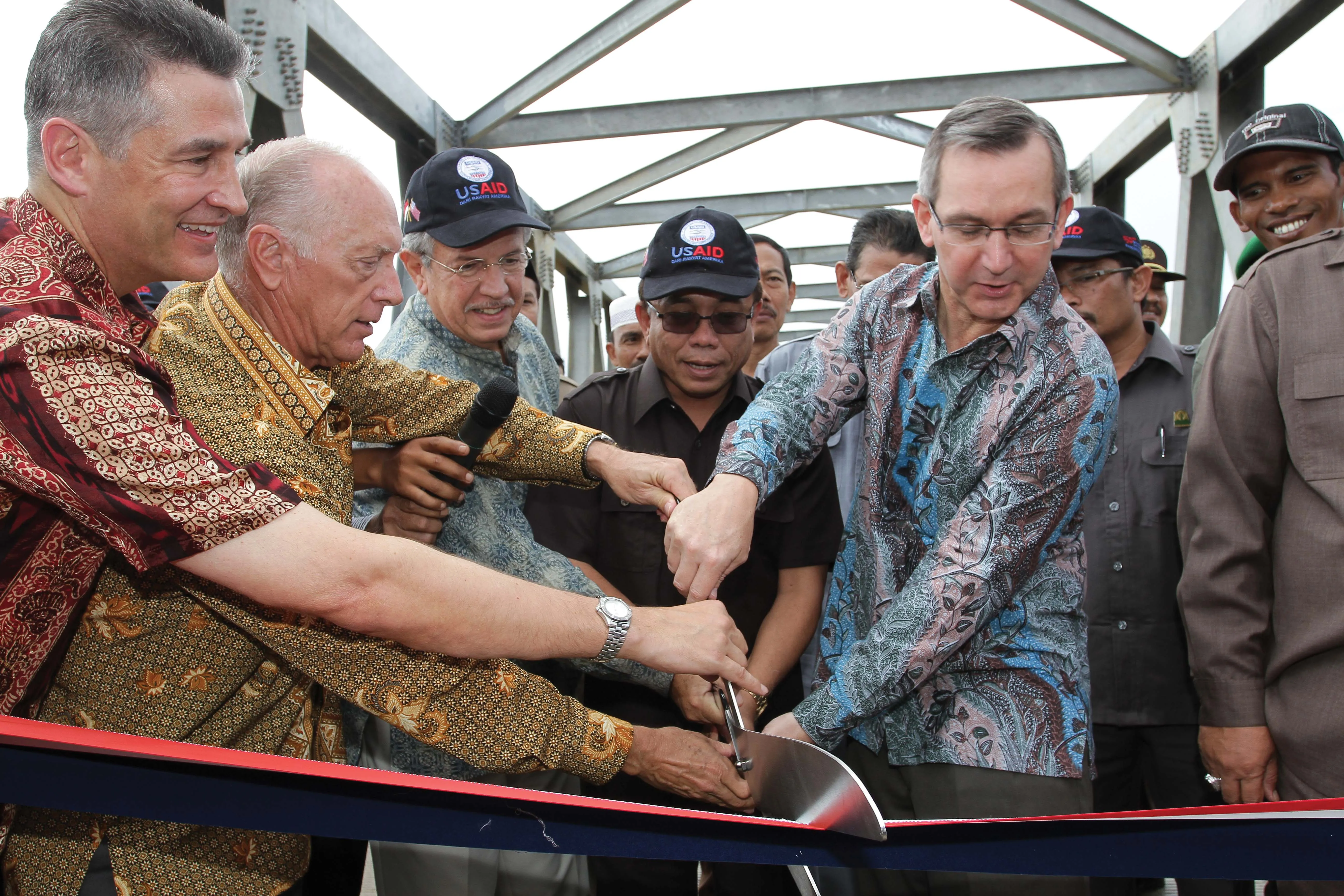The Chinese government is upgrading Nepal's capital Kathmandu ring road to eight lanes and the work is due for completion in the next three years. The upgrading includes improving a 9km section of road from Kalanki-Satdobato-Koteshwor. China agreed to widen the 27km ring road in February 2011. The construction work is being carried to a design developed by the Chinese Consultant Third Railway Survey and Design Institute Group Corporation. An agreement was signed between the two countries in Kathmandu at the
January 7, 2013
Read time: 2 mins

The 2719 Chinese Government is upgrading Nepal's capital Kathmandu ring road to eight lanes and the work is due for completion in the next three years. The upgrading includes improving a 9km section of road from Kalanki-Satdobato-Koteshwor. China agreed to widen the 27km ring road in February 2011. The construction work is being carried to a design developed by the Chinese Consultant Third Railway Survey and Design Institute Group Corporation.
An agreement was signed between the two countries in Kathmandu at the Department of Road premises. The Chinese contractor3562 Shanghai Construction Group Company has been awarded the contract and has been appointed by the Chinese Government. The grant for the road work has been provided through the Chinese Government grant to Nepal and has been estimated at around US$45 million.
The road will be upgraded to eight lanes with a four-lane carriageway, two-way relief lane, two-way bicycle track and two –way pedestrian path with necessary bus bay, overhead bridge and parking.
Officials at the Ministry of Physical Planning and Transport Management; Nepal claim that work will start in next two months and the5283 Nepalese Government is also requesting to upgrade the remaining section of the ring road. The Department of road is also requesting to clear encroaching public land and the government is also preparing living and accommodation, and arranging visas to 200 Chinese workers for Nepal.
An agreement was signed between the two countries in Kathmandu at the Department of Road premises. The Chinese contractor
The road will be upgraded to eight lanes with a four-lane carriageway, two-way relief lane, two-way bicycle track and two –way pedestrian path with necessary bus bay, overhead bridge and parking.
Officials at the Ministry of Physical Planning and Transport Management; Nepal claim that work will start in next two months and the






